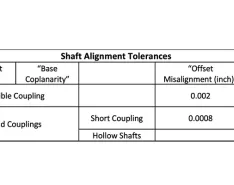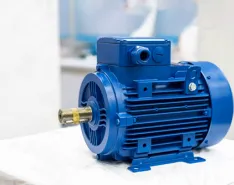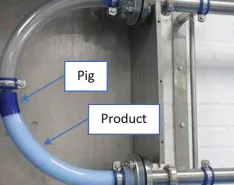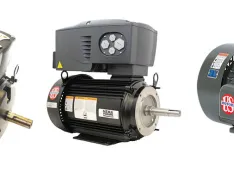Understanding the implications of these new rules will allow users to better prepare for the future.
Motors
Motors are the most common source of power used by pumping systems. This technology is heavily regulated. Pumps by themselves are not variable speed, an option that many systems need to operate with peaks and ebbs during the run cycle, such as power generation. The addition of a variable frequency drive (VFD) gives it that capability.
How testing can help ensure longevity and performance.
Tips to help prevent costly downtime and unexpected failures.
Learn the potential benefits of advanced monitoring of electric motor systems.
How integrating pigging technology can reduce waste, enhance efficiency and lower costs.
The advantages and disadvantages of choosing a synchronous motor for an application versus sticking with induction.
Beyond performance, what should I consider when using a VFD?
How this technology compares to conventional VFDs.
Avoiding common mode voltage and maintaining bearings can help prevent frequent causes of motor failure.










